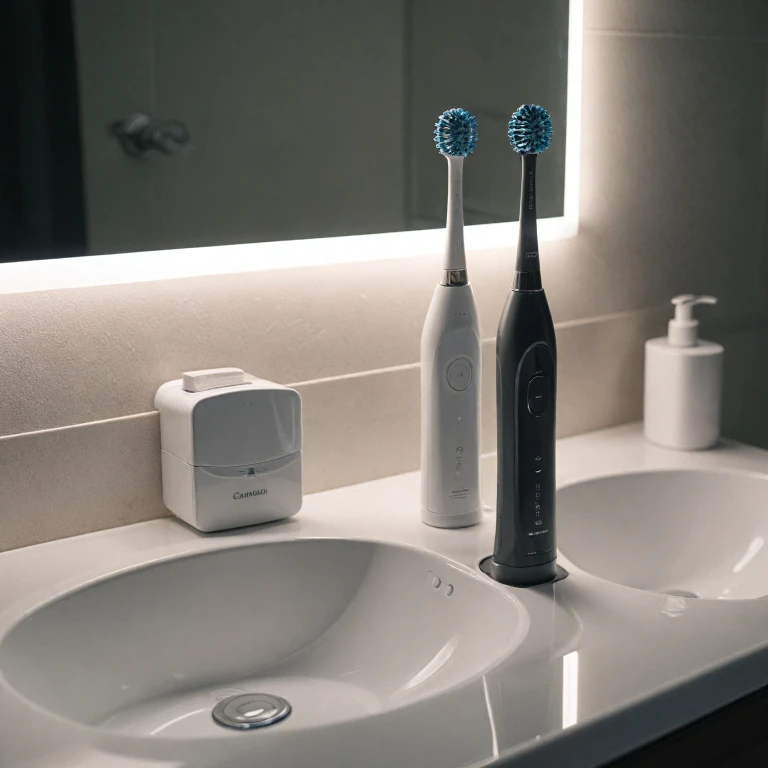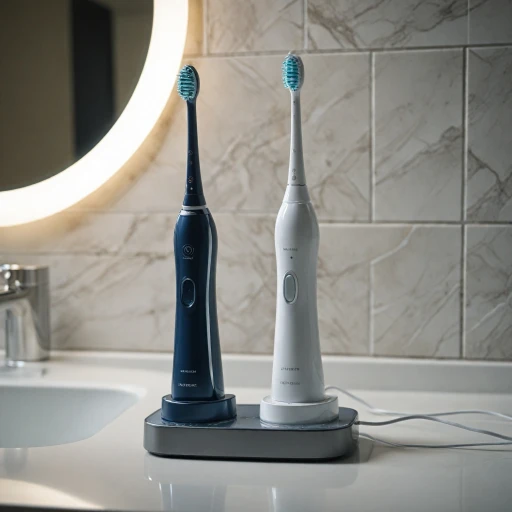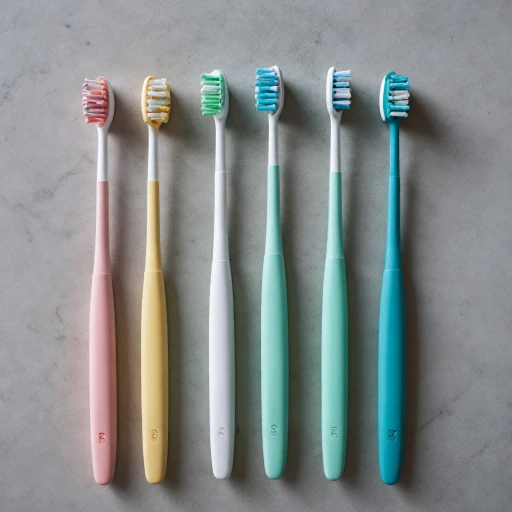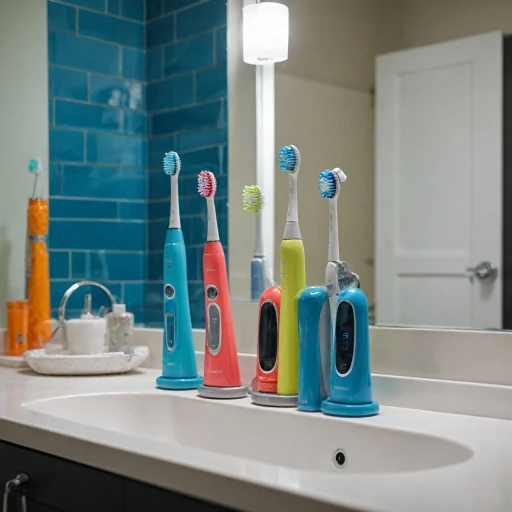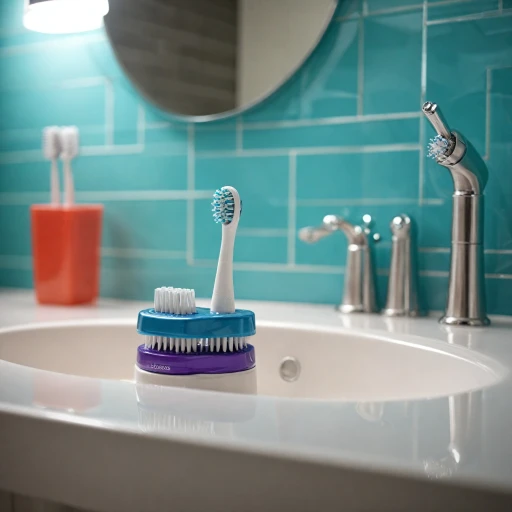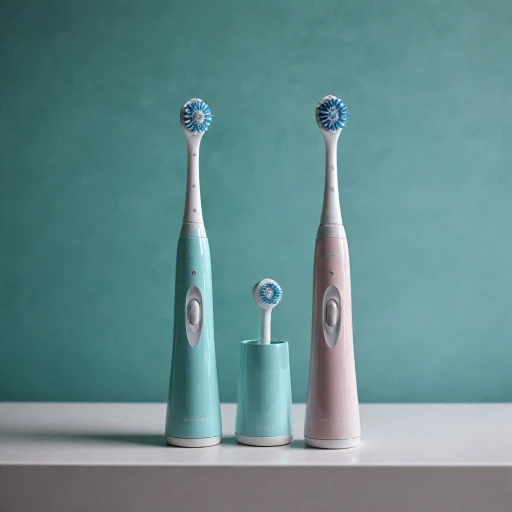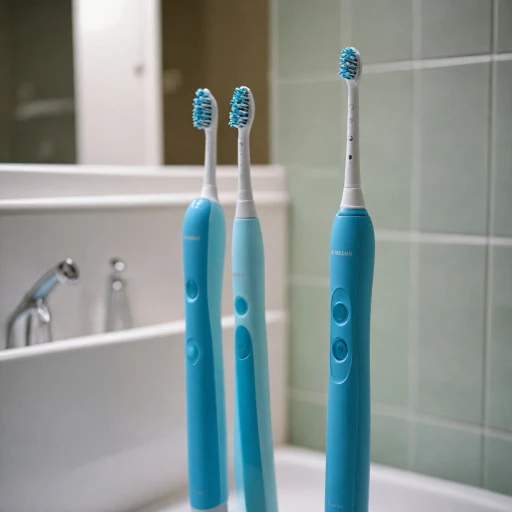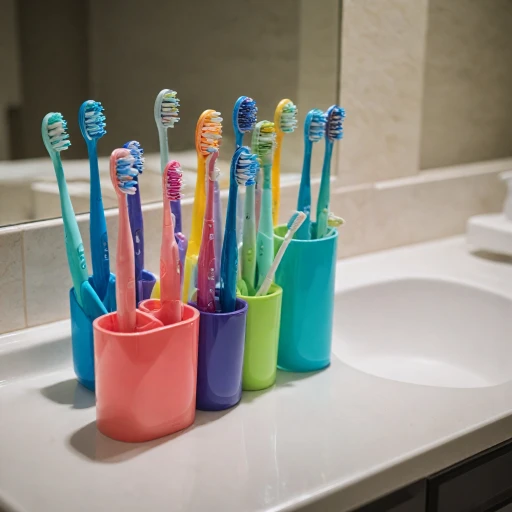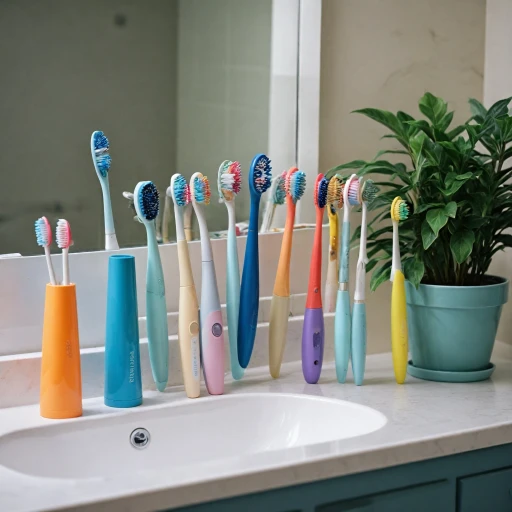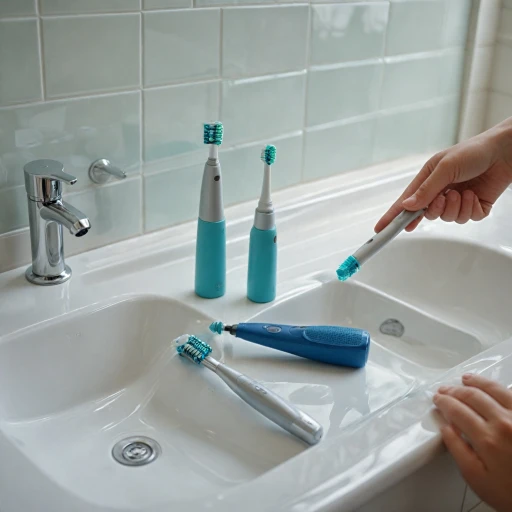
Types of Batteries in Oral-B Electric Toothbrushes
Exploring the Different Battery Types in Oral-B Electric Toothbrushes
Oral-B electric toothbrushes have gained a reputation for providing top-notch professional care and harnessing advanced technology. One of the critical components of these oral toothbrushes is the battery. Understanding the types of batteries used in Oral-B models can help users make informed decisions about toothbrush battery care and replacement.
The majority of Oral-B electric toothbrushes use rechargeable batteries. These rechargeable electric toothbrushes typically come with two types of rechargeable batteries: Nickel-Metal Hydride (NiMH) and Lithium-ion (Li-ion) batteries. While both have their merits, they differ in terms of charge duration, capacity, and longevity, impacting how you plan your brushing routines and battery replacement cycles.
- Nickel-Metal Hydride (NiMH) Batteries: Commonly found in older Oral-B models like the Braun Oral Triumph series, NiMH batteries are reliable and efficient for regular brushing modes. Despite their dependable nature, they might require more frequent replacements over time.
- Lithium-ion (Li-ion) Batteries: These are often featured in newer Oral-B black, white, and pro series electric toothbrushes. Li-ion batteries are known for their longer battery life, holding a charge significantly better over extended periods. This makes them ideal for consumers prioritizing health, data tracking, and smart brushing features.
Understanding these battery types can empower users to find which Oral-B model aligns with their time management and personal health goals. Beyond just choosing a powerful electric toothbrush, knowing when and how to add a replacement battery can extend both the health and lifespan of the brush itself. To delve deeper into selecting a battery-powered toothbrush that fits various needs, consider exploring finding the ideal battery-powered toothbrush.
Factors Affecting Battery Life
Influencing Factors on Your Toothbrush's Battery Duration
Understanding the lifespan of an Oral-B toothbrush battery is essential for efficient and reliable daily dental care. Various elements can impact how long your rechargeable electric toothbrush battery lasts before needing a charge or replacement.- Brushing Habits: Regularity and duration of brushing can directly affect battery time. Using your electric toothbrush multiple times a day or for longer brushing sessions can deplete the battery quicker than occasional use.
- Brushing Modes: Many models, especially those in the Oral-B Pro or the Smart series, offer a variety of brushing modes. Utilizing high-powered modes or features like the pressure sensor can drain battery life more rapidly than standard settings.
- Age of Battery: Over time, rechargeable toothbrush batteries naturally lose capacity. If your toothbrush has been in use for several years, it may not hold its charge for as long as when it was new.
- Storage Conditions: Proper care and storage of your toothbrush are crucial. Keeping your brush in a cool, dry place and not overcharging it can help sustain battery health.
- Frequency of Replacement: Regular replacement of the brush head, approximately every three months, is recommended. While this doesn't directly affect battery life, it ensures optimal performance and care, indirectly influencing battery usage patterns.
How to Extend Your Toothbrush's Battery Life
Tips to Prolong Your Electric Toothbrush Battery's Life
Ensuring the longevity of your electric toothbrush battery involves a few mindful practices. By following these, you'll find your Oral-B toothbrush performing at its best over prolonged periods, giving you reliable brushing performance each time.
- Avoid Constant Charging: While it might be tempting to keep your rechargeable electric toothbrush docked all the time, it's best to let the battery fully deplete before recharging. Overcharging can impact battery health.
- Keep It Clean: Regularly clean the charge port of any residue. Debris can impact charging efficiency and, over time, harm the battery. Utilizing the right professional care products can help preserve both the battery and brush head.
- Use Recommended Brushing Modes: Many Oral-B toothbrush models come with smart features and various brushing modes. Operating the toothbrush on its designated mode can optimize energy consumption.
- Avoid Extreme Temperatures: Store your electric toothbrush in a cool, dry place. High heat or excessive moisture can damage the battery over time.
- Timely Replacement: Pay attention to any signs indicating a battery replacement might be necessary, such as extended charging time or decreased power during brushing. Consider checking on battery replacement options when needed.
Implementing these simple adjustments can add not only to the battery's life but also ensure the quality of your daily oral health routine. Keeping these tips in mind can prevent premature battery replacement and enhance your overall experience with your electric toothbrush.
Signs Your Toothbrush Battery Needs Replacement
Recognizing the Need for a Fresh Energy Source
As you continue to explore the functionalities of electric toothbrushes, it's essential to keep an eye on signs indicating that your toothbrush battery may need some attention. Understanding these signals can ensure your brushing routine remains effective and uninterrupted. Your rechargeable electric toothbrush is a device that requires routine care, including battery maintenance. Here's what to look out for as potential indicators that it's time to consider a battery replacement or recharge.- Diminished Brushing Power: Over time, if you notice that your toothbrush isn't delivering the same vigorous brushing that you've come to expect, or if the brush head isn't oscillating at its full speed, it could be due to a battery nearing the end of its life span. This reduced power can impact your oral health as it may not remove plaque as effectively as it should.
- Shortened Battery Life: If you're accustomed to several uses between charges and suddenly find that your toothbrush struggles to get through one or two sessions, it’s a strong sign that the battery life is waning.
- Inconsistent Performance Modes: As a feature in more advanced models like the Oral-B Pro series, various brushing modes are meant to cater to different oral care needs. If switching between these modes leads to erratic performance, battery issues might be at play.
- Charging Troubles: Pay attention to any persistent issues with charging your toothbrush. If it takes longer than usual to reach full charge or fails to charge completely, consult troubleshooting resources to determine if a battery replacement is necessary.
Replacing the Battery: DIY or Professional Help?
DIY Battery Replacement vs. Professional Help
When it comes to replacing the battery in your Oral-B electric toothbrush, the question often arises whether to tackle the task yourself or seek professional assistance. This decision hinges on several factors ranging from technical prowess to potential impacts on the device's warranty. Opting for a DIY approach:- Technical Skills and Tools: If you possess the necessary technical skills and have access to basic tools, you might consider replacing the battery on your own. However, it's important to bear in mind that not all toothbrush models support easy battery swapping due to their sealed designs, especially in rechargeable electric toothbrushes.
- Warranty Considerations: Opening and tampering with your toothbrush may void its warranty. If your device is relatively new and still under warranty, it's advisable to verify the terms to prevent inadvertently losing coverage.
- Cost Efficiency: Replacing the battery yourself can be cost-effective, as you save on labor charges. Replacement batteries are generally cheaper than the total costs associated with professional service.
- Expertise and Precision: Professionals have the expertise and precision to replace batteries without damaging the device. They handle different models, including the high-end Oral-B series, with experience.
- Time-Saving Option: If time is a constraint, professional services can quickly deliver results, preventing prolonged periods without your toothbrush—an essential factor for maintaining oral health.
- Assured Quality: Engaging with service centers associated with the manufacturer's brand often promises the use of authorized replacement parts and a semblance of quality assurance.
Environmental Impact of Electric Toothbrush Batteries
The Environmental Concerns of Battery Waste
Understanding the environmental impact of electric toothbrush batteries is essential for any conscientious consumer. Electric toothbrushes, like those from Oral-B’s Pro and Smart series, utilize rechargeable batteries to offer optimal brushing modes and enhanced oral care. While these features contribute to consumer health by promoting proper brushing, the sustainability of their batteries cannot be overlooked. Rechargeable electric toothbrushes typically outlast regular manual ones but eventually, the replacement of batteries becomes necessary. The disposal of these batteries presents significant environmental challenges due to the toxic components they contain. Several factors contribute to their environmental footprint:- Chemical Composition: Rechargeable batteries in electric toothbrushes often contain heavy metals like cadmium, nickel, and lithium. If not disposed of correctly, these can leak into the environment, causing soil and water contamination.
- Recycling Challenges: Unlike regular manual brush heads, batteries require specialized recycling processes. Finding proper recycling facilities can be challenging but crucial for minimizing adverse environmental impacts.
- Production Emissions: The production of electric toothbrushes involves energy consumption and emissions, which contribute to the overall carbon footprint. This factor underscores the importance of battery longevity and appropriate care, as described in how you can extend your toothbrush’s battery life.
